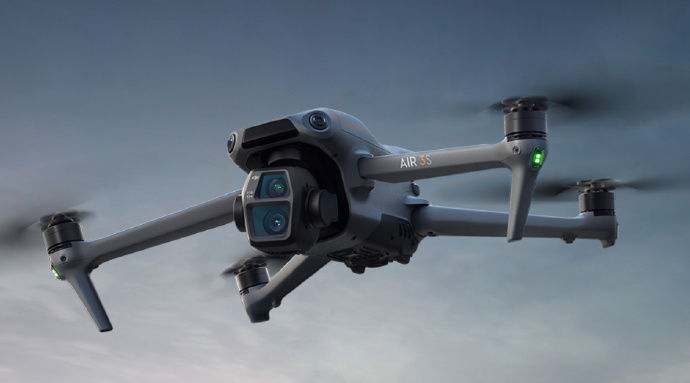In recent years, the evolution of technology has significantly impacted various industries, and one of the most promising advancements is the development of first responder drone technology. Drones, originally designed for military and recreational purposes, have found a new application in emergency response scenarios, demonstrating their versatility and efficiency. The implementation of drones in emergency situations is revolutionizing how first responders operate, providing them with real-time data and enhancing their ability to manage crisis situations effectively.
How Drones Enhance Emergency Response
Drones are equipped with cameras, sensors, and communication devices that provide crucial insights during emergencies. Their ability to fly over hazardous areas and deliver a bird’s-eye view of the situation allows responders to accurately assess risks and plan their approach with precision. This capability is particularly valuable in natural disasters such as earthquakes, floods, and wildfires, where time is of the essence and human safety is a priority.
Real-Time Data Collection
One of the most significant advantages of first responder drones is real-time data collection. Equipped with high-resolution cameras and thermal imaging, drones can identify heat sources and detect survivors trapped in difficult-to-reach locations. This immediate information enables rescuers to make informed decisions, prioritize tasks, and allocate resources efficiently.
Speed and Accessibility
The speed at which drones can be deployed is unparalleled. When traditional methods may take hours, drones can reach the scene in minutes, often even before ground units arrive. Their accessibility allows them to navigate through congested roads, collapsed buildings, and mountainous terrains, making them indispensable in hard-to-reach areas.
The Role of AI in Drones
The incorporation of artificial intelligence into drone technology adds another layer of functionality. AI-powered drones can autonomously navigate environments, avoiding obstacles while maintaining focus on their targets. This autonomous operation minimizes human error and allows responders to concentrate on their primary duties.

Challenges and Considerations
While the benefits of using first responder drones are significant, there are challenges that accompany their deployment. Privacy concerns, airspace regulations, and the risk of interference with other aircraft need careful management. Additionally, ensuring that responders are trained effectively to operate drones is essential for maximizing their potential.
Future Prospects of Drone Technology
The future of first responder drone technology is promising, with continuous advancements on the horizon. Innovations such as improved battery life, enhanced sensor capabilities, and advanced algorithms are expected to further boost the efficacy of drones in emergencies. The role of drones as part of an integrated emergency response system will continue to expand, with potential new applications including telemedicine delivery, infrastructure inspection, and climate monitoring.
Frequently Asked Questions
1. How do drones assist in firefighting operations?
Drones equipped with thermal cameras can monitor hotspots, evaluate fire spreads, and detect survivors, aiding firefighters in strategizing their efforts and ensuring optimal safety.
2. Are drones used internationally for emergency response?
Yes, several countries have adopted drone technology for emergency response, highlighting the global recognition of their efficiency and effectiveness in crisis management.
3. What training is required for operating first responder drones?
Operators need specialized training to handle drones safely and effectively, which includes understanding aviation regulations, mastering flight control, and interpreting data collected during missions.